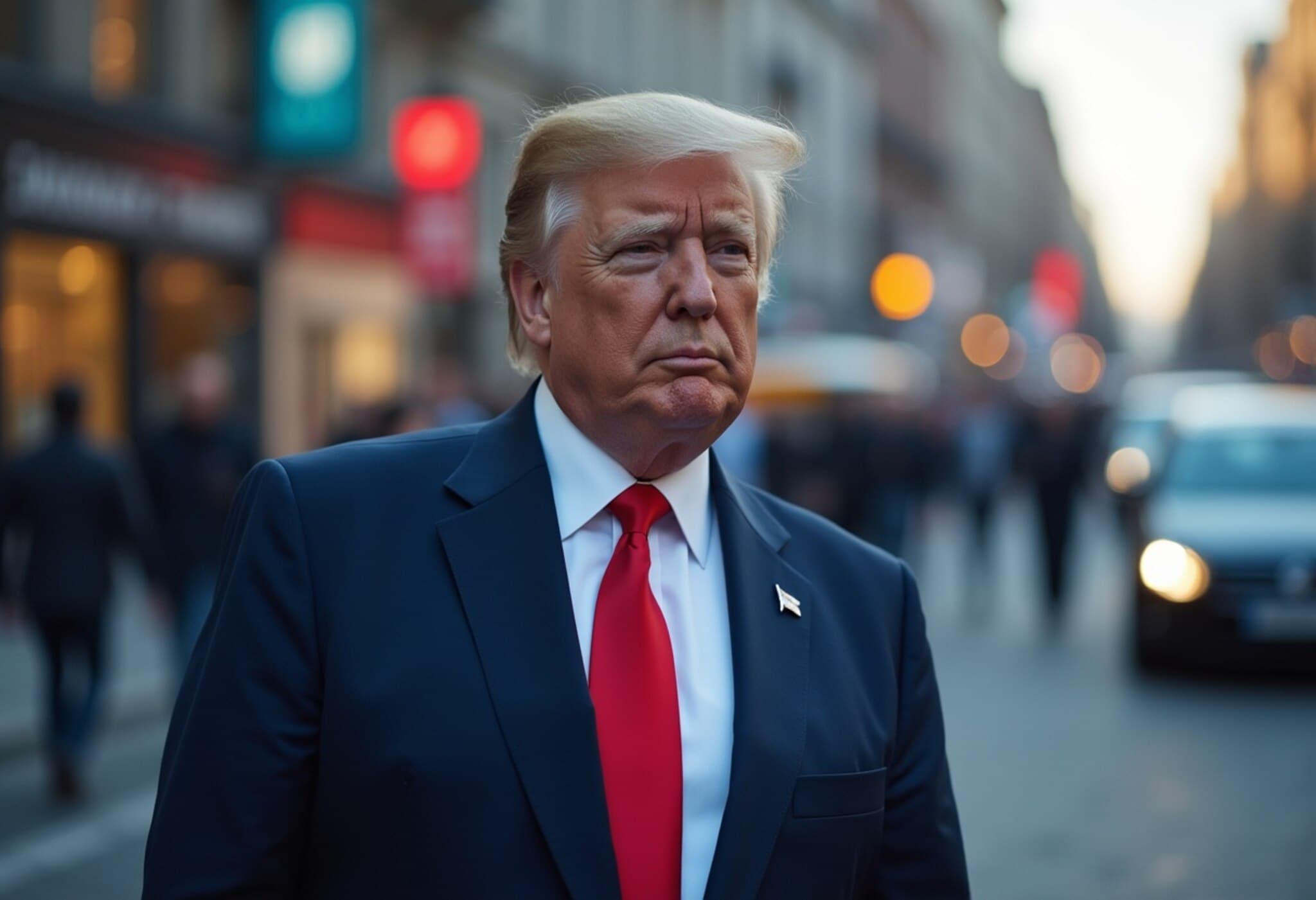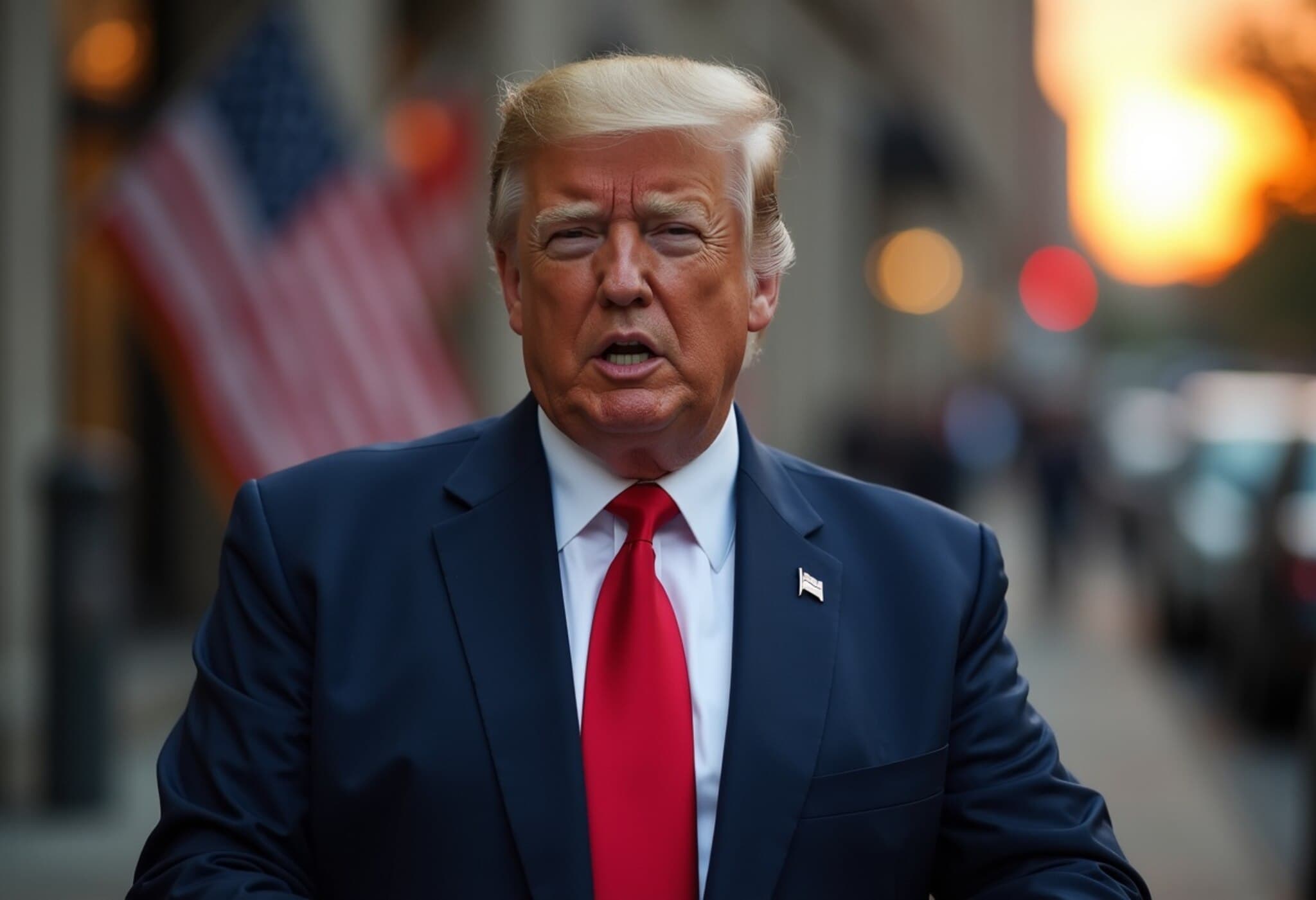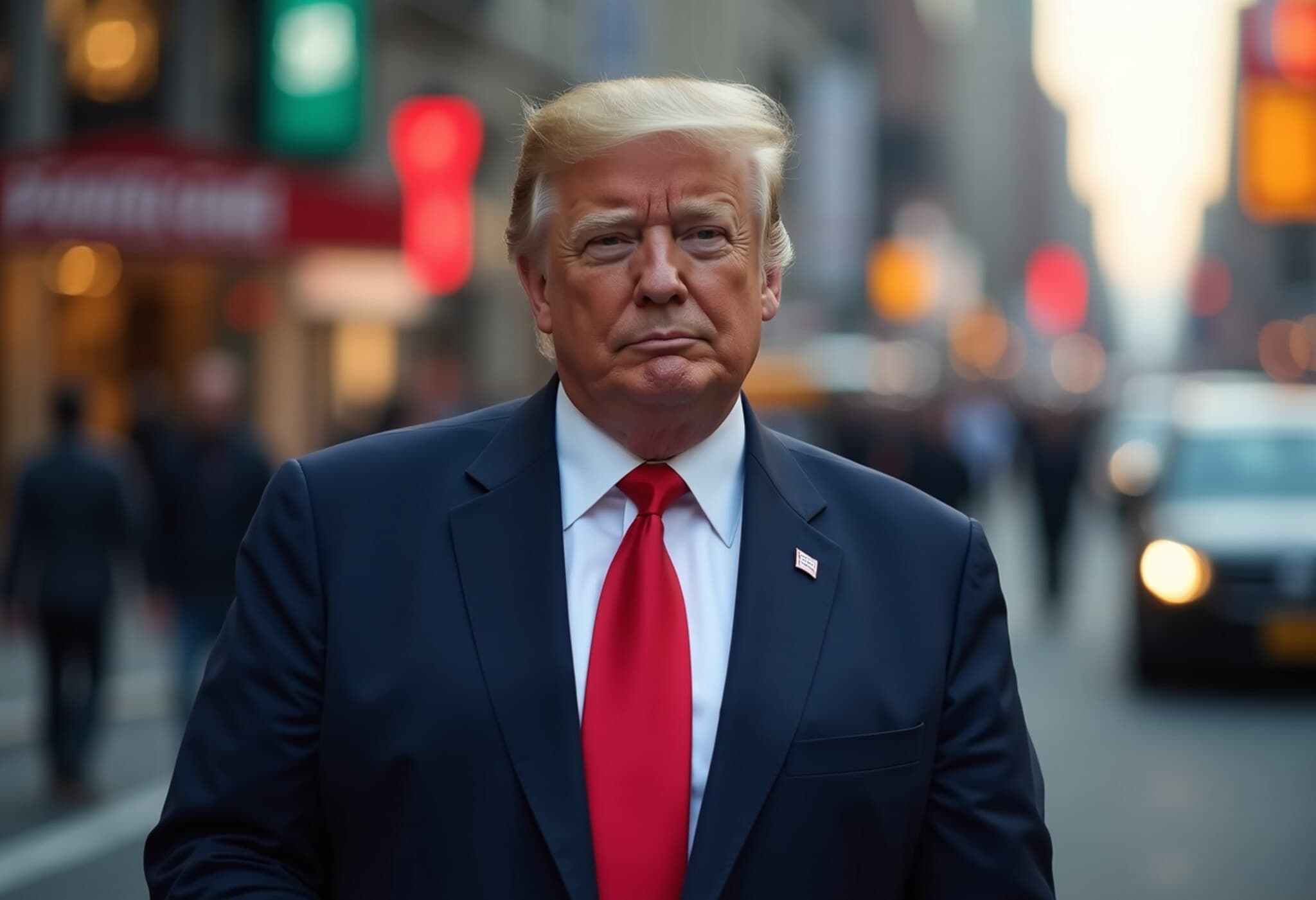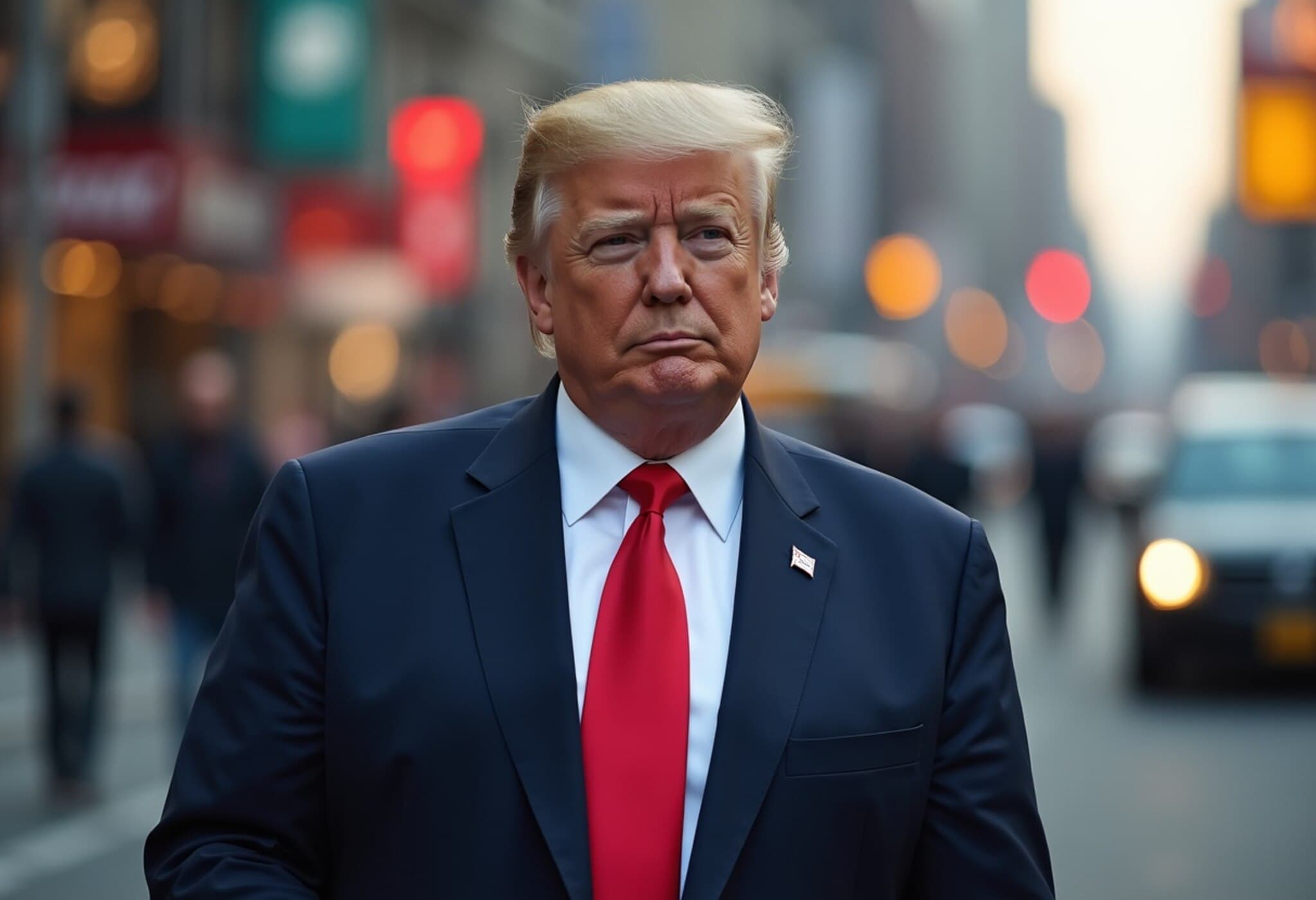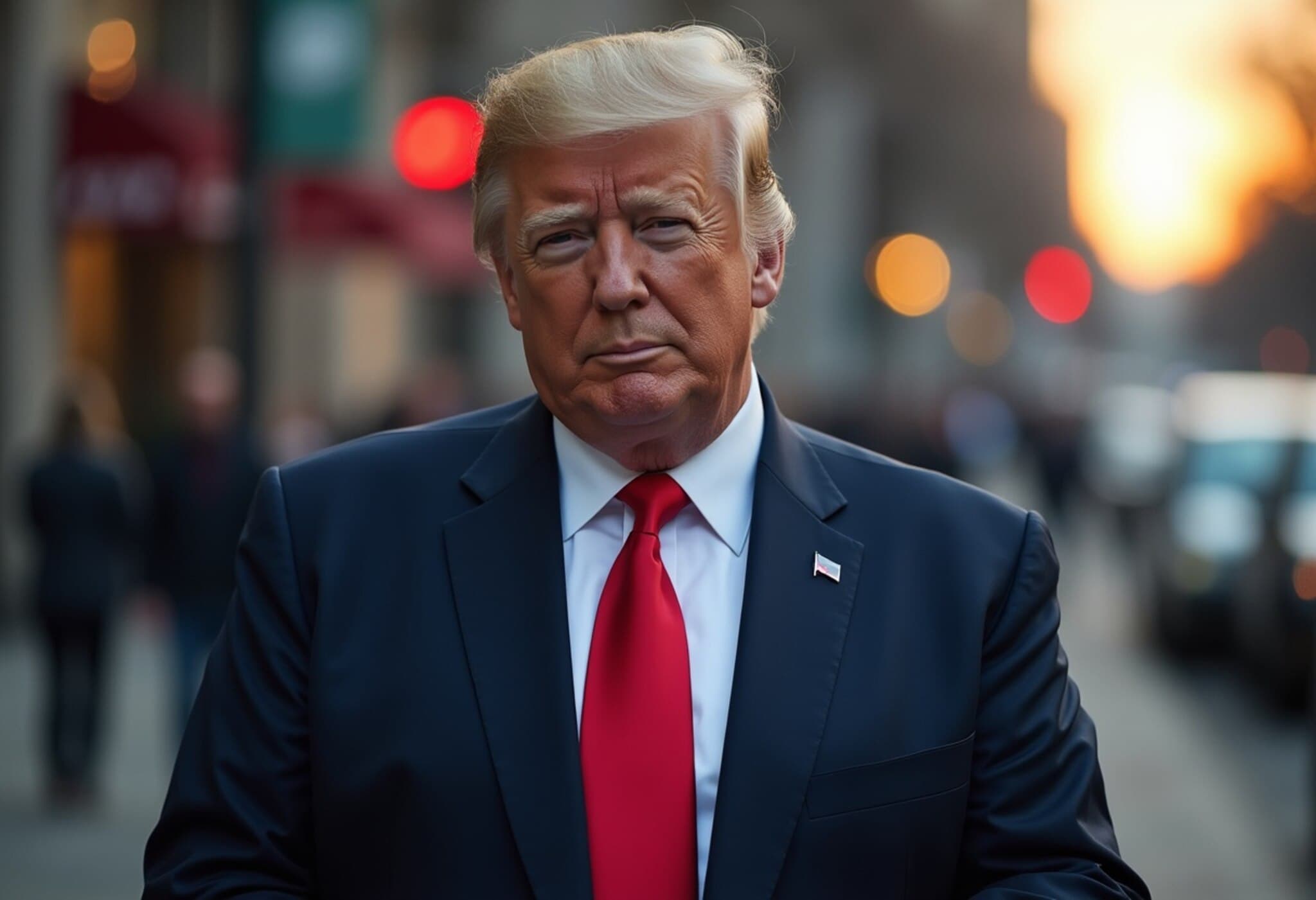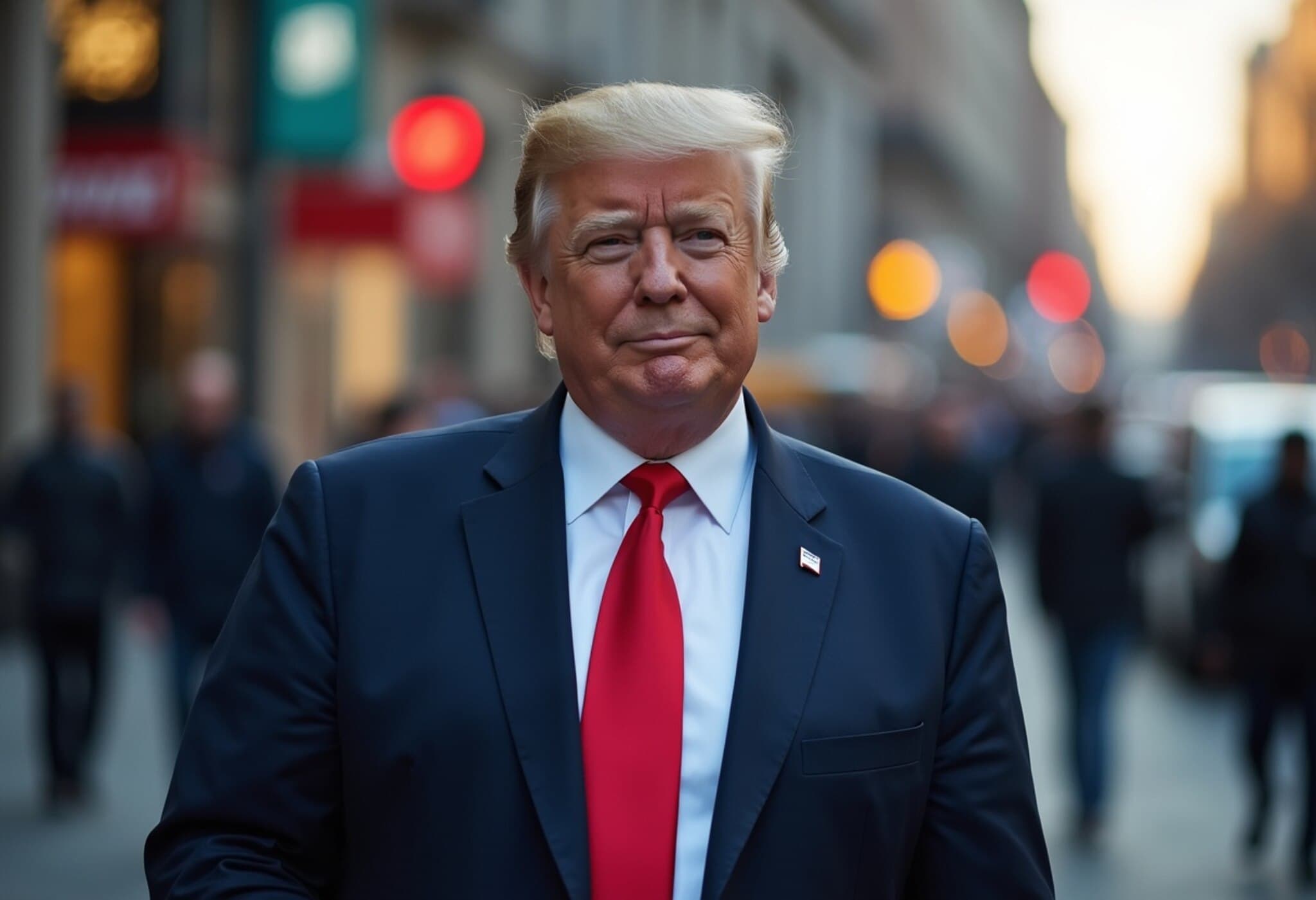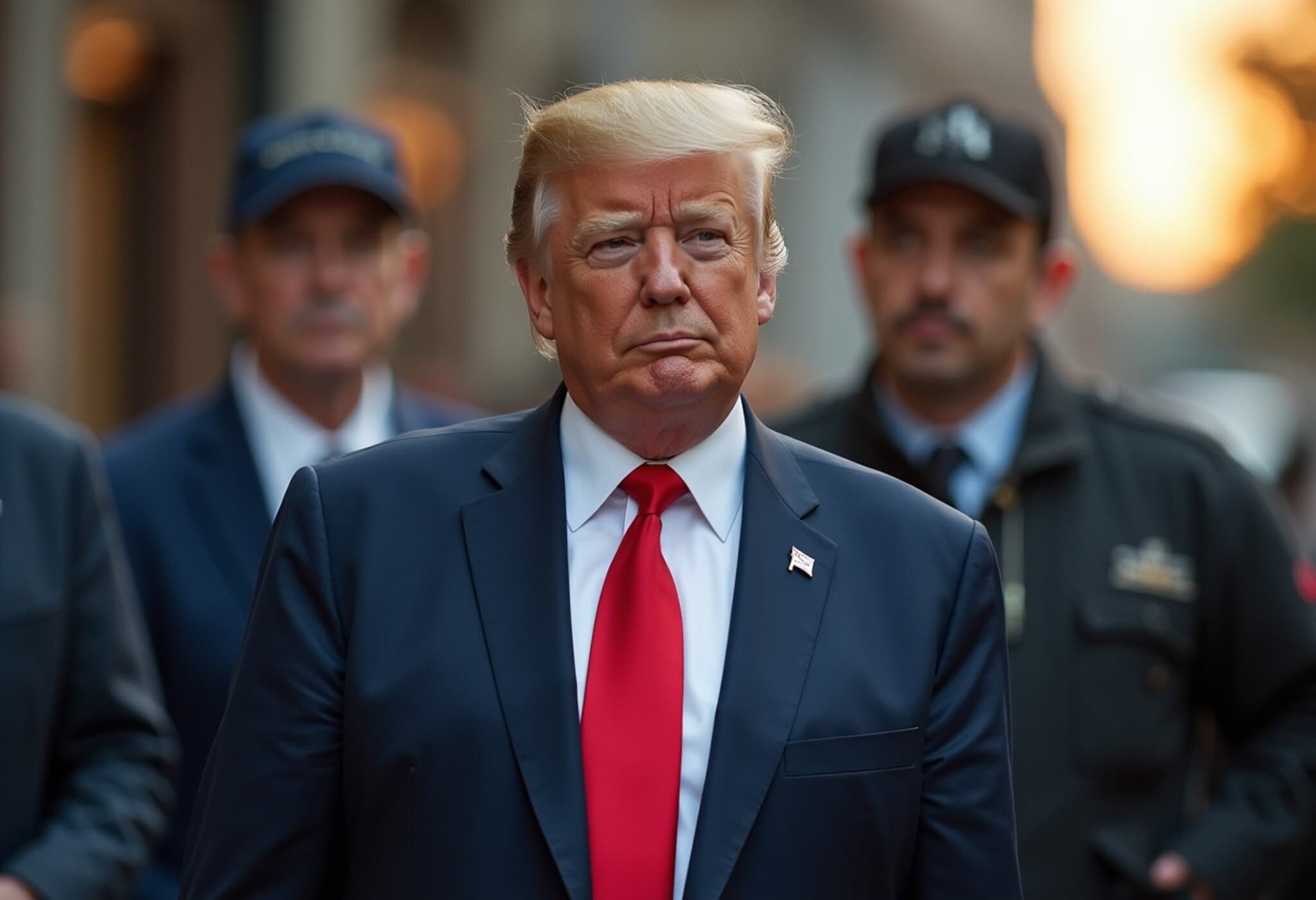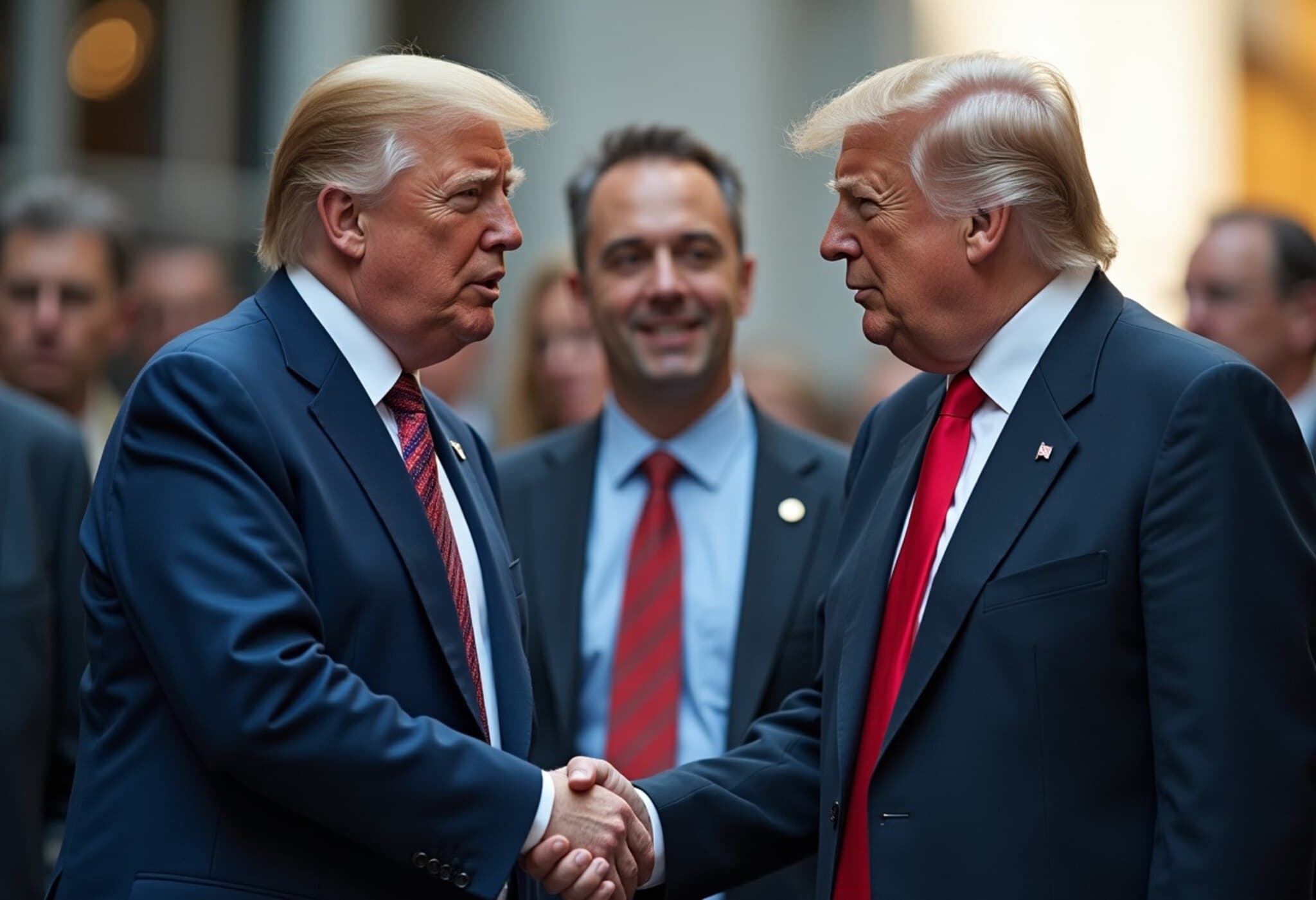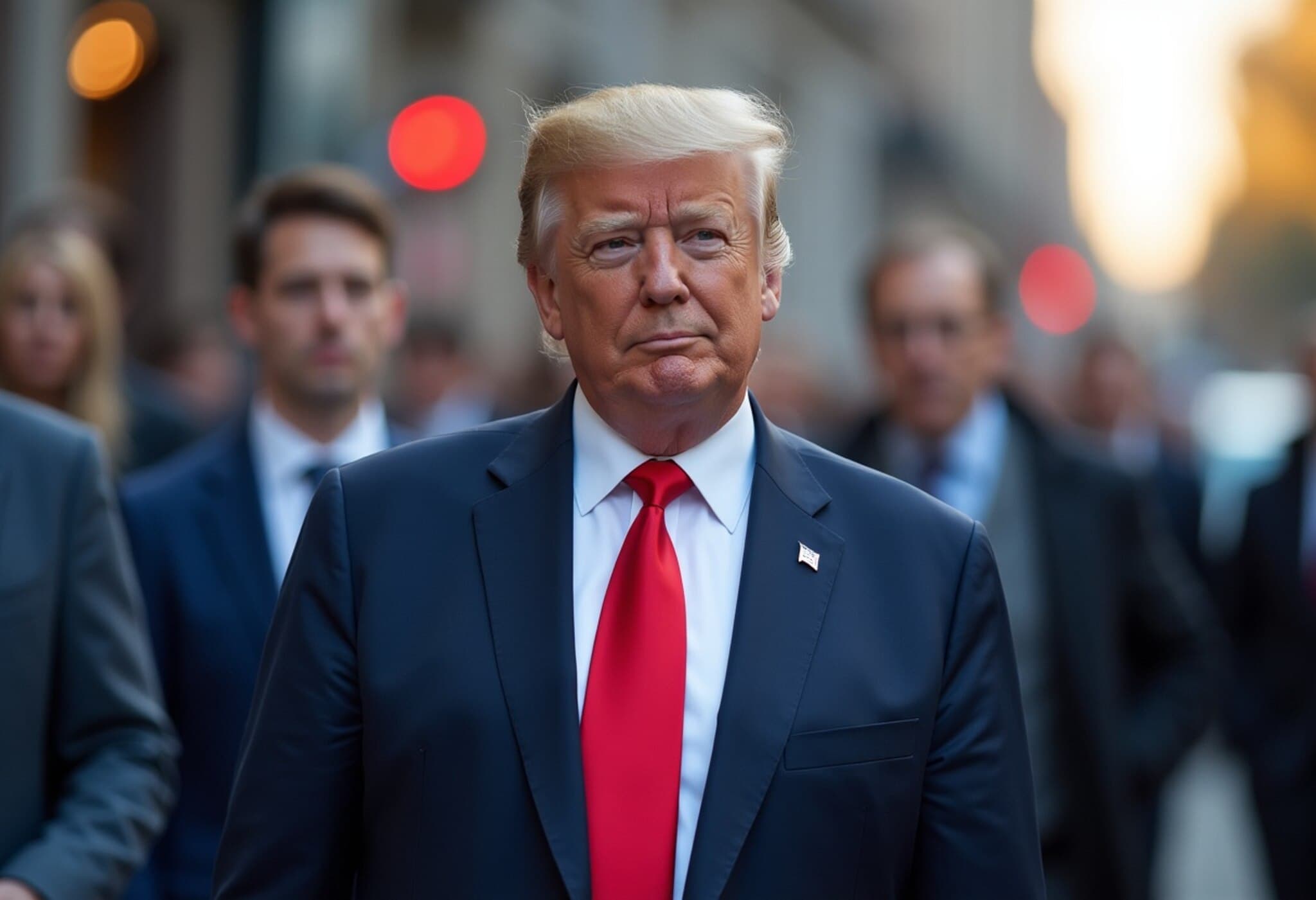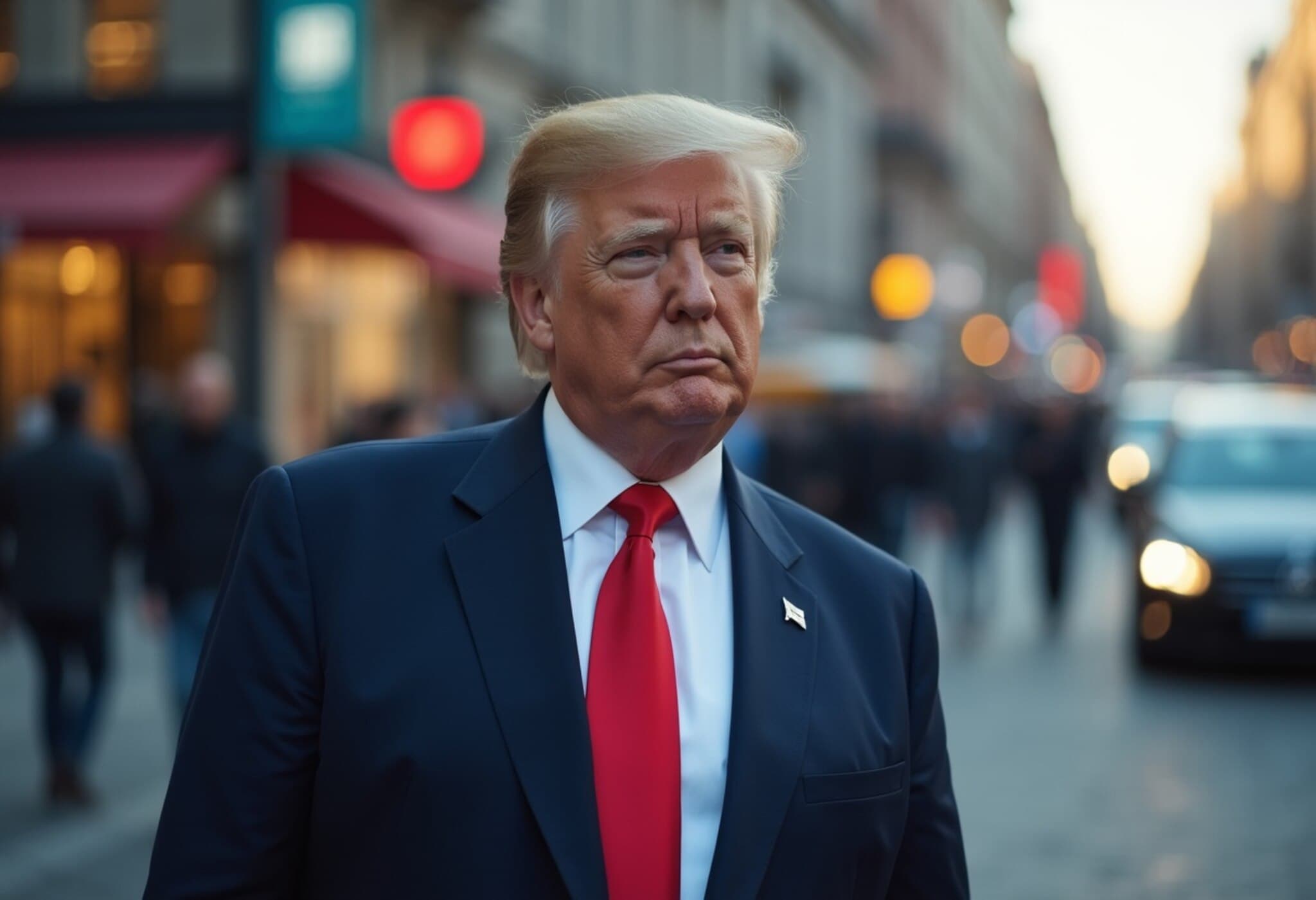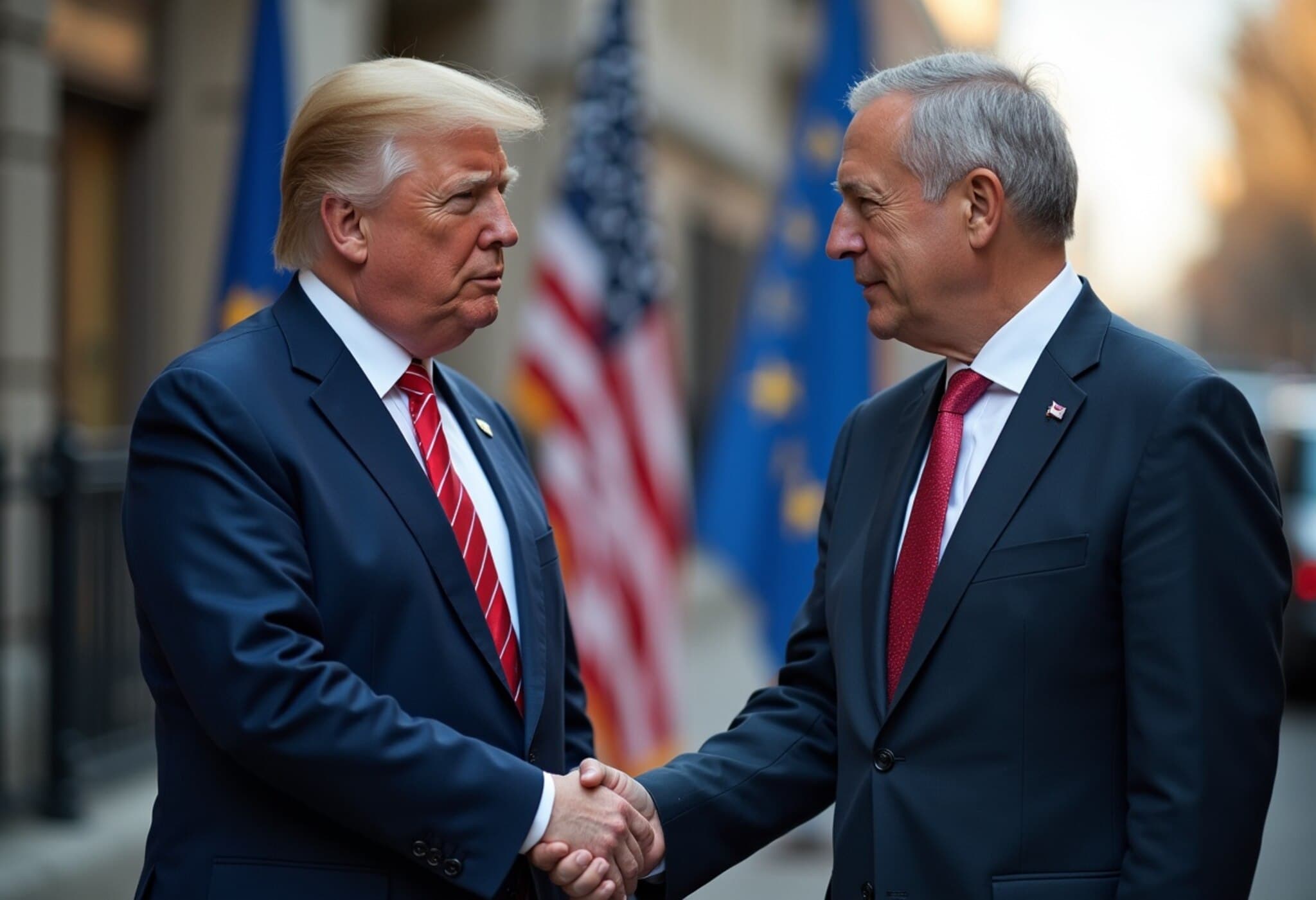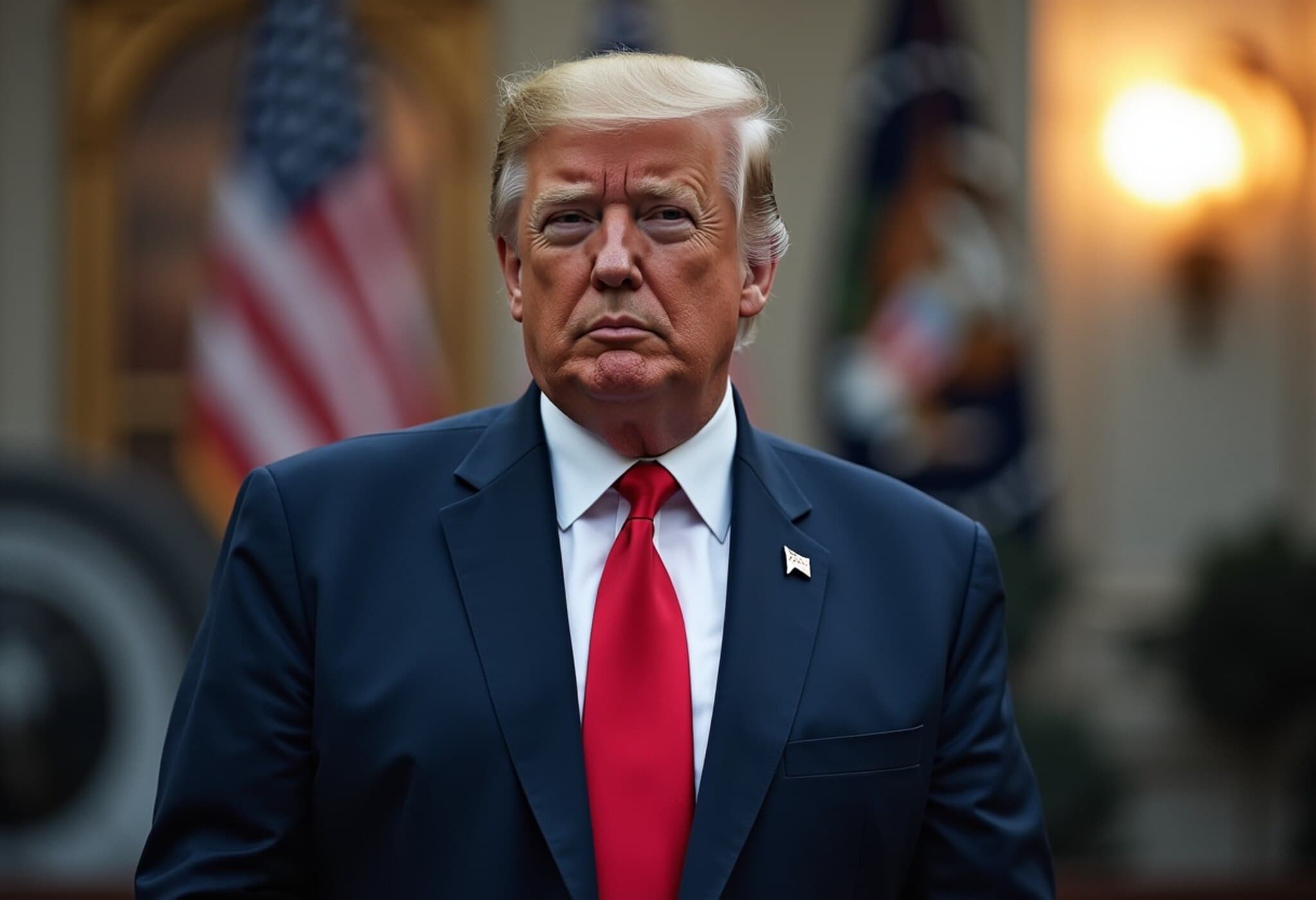EU Accelerates Removal of Tariffs on US Industrial Goods Amid Trade Pressure
The European Union has taken a significant step toward defusing its ongoing trade tensions with the United States by agreeing to eliminate tariffs on American industrial products. This expedited legislation, expected to be passed by the end of the week, is aimed at addressing US President Donald Trump’s demands for reciprocal tariff reduction, particularly concerning the bloc’s automobile exports.
The Deal: A Strategic Compromise
The European Commission, which leads the EU's trade policy, announced the forthcoming removal of duties on US industrial goods. In addition, the bloc plans to offer preferential tariff treatment to select seafood and agricultural products, signaling a broad effort to ease trade frictions.
European Commission President Ursula von der Leyen described the arrangement as "a strong, if not perfect deal," underscoring the necessity of providing economic stability and certainty to businesses navigating unpredictable tariff threats from the US administration.
Context: The Roots of the Tussle
This move follows Trump's explicit warnings of additional tariffs on countries that levy digital taxes targeting American technology giants such as Google, Facebook, Apple, and Amazon. These digital service taxes, primarily instituted by European countries to capture revenue from the digital economy, have been a persistent source of friction between the US and its allies over several administrations.
The tariff dispute extends beyond digital taxation to the automotive sector, where the US has historically imposed steep tariffs on European vehicle imports. Currently, American tariffs on EU cars and auto parts stand at 27.5%, significantly restraining European exports.
Implications for Trade and Industry
If the EU’s legislation passes this month, it will enact a 15% tariff on European cars retroactive to August 1, 2025, harmonizing with the trade agreement reached earlier. This would protect European exporters, including Germany, which alone exported nearly $34.9 billion of new cars and parts to the US in 2024.
The elimination of tariffs on US industrial goods is designed not only to de-escalate the current trade confrontation but also to reinforce supply chain stability for companies on both sides of the Atlantic, which have faced disruption and uncertainty amid tariff volatility.
Expert Insight: A High-Stakes Balancing Act
Trade analyst Dr. Elaine Richardson from the Center for Transatlantic Relations notes, "The EU's concession reflects a pragmatic decision to safeguard its economic interests without provoking further US retaliation. It highlights the delicate balance the bloc must maintain between protecting domestic industries and preserving its strategic partnership with the US amid an unpredictable global trade environment."
However, overlooked in mainstream coverage are the potential longer-term impacts of acquiescing to US demands, which could set a precedent for future unilateral tariff pressures, potentially undermining multilateral trade rules.
A Broader Perspective: What Lies Ahead?
- For American businesses, tariff removal means reduced export costs and potentially more competitive pricing.
- For European companies, this could mean limited leverage in future trade negotiations, especially on contentious issues like digital taxation.
- For consumers, trade stabilization may translate into smoother supply chains and price steadiness for products impacted by these tariffs.
Nonetheless, the ongoing disputes over digital taxes and evolving trade policies suggest that while this agreement alleviates immediate tensions, the transatlantic trade relationship remains a complex and dynamic battleground.
Editor’s Note
This new chapter in EU-US trade relations underscores the challenges inherent in balancing economic nationalism with global trade cooperation. While the EU’s tariff concession appears to secure short-term stability, it raises critical questions about the future of trade diplomacy, the enforcement of international trade rules, and the resilience of strategic alliances amid shifting geopolitical winds. Readers should watch closely how this compromise influences emerging trade dynamics, particularly as digital economies and industrial sectors continue to evolve in the post-pandemic era.

